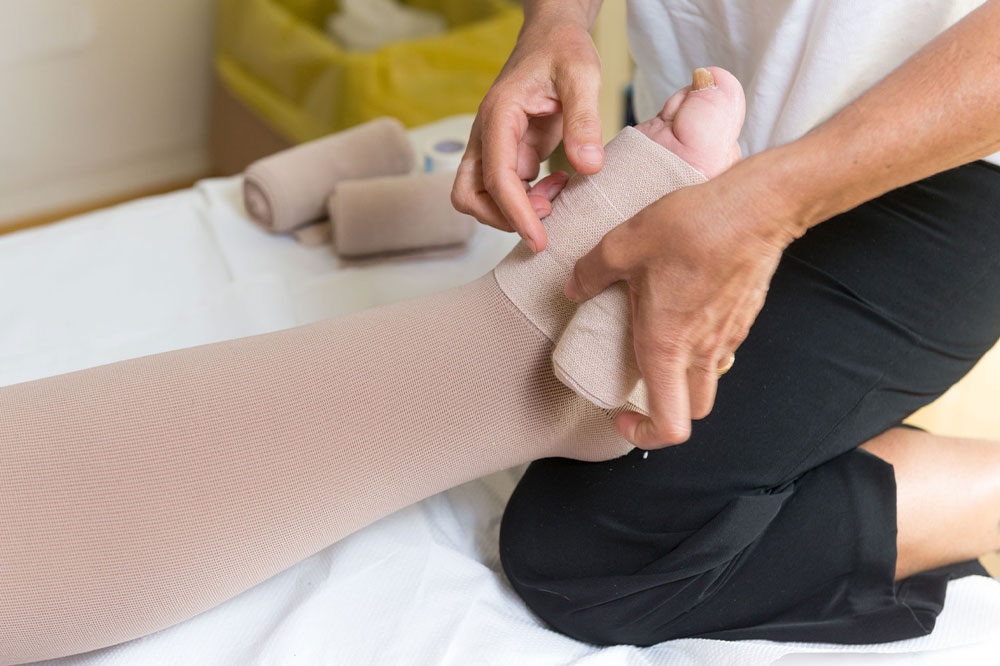Effective Exercise Strategies to Manage Spinal Muscular Atrophy Symptoms
Discover effective exercises to manage spinal muscular atrophy symptoms, improve mobility, and enhance quality of life. This article highlights gentle stretching, aquatic therapy, walking, yoga, hippotherapy, and breathing exercises tailored for SMA patients. Consult healthcare providers for personalized plans to ensure safety and effectiveness. Early intervention and multidisciplinary care are key to managing this hereditary condition and maintaining independence.

Spinal muscular atrophy (SMA) is a hereditary condition that causes muscle weakness, impacting essential functions like breathing, swallowing, and movement. The severity varies across types, with SMA type 1 appearing in infancy and causing significant motor and respiratory challenges. Types 2 and 3 typically emerge later in childhood with differing symptom intensities. Engaging in gentle physical activities can help mitigate joint stiffness and muscle contractures linked to SMA. Consulting healthcare providers and working with physical therapists is vital to customize exercise routines safely and effectively.
Here are some recommended activities:
Stretching to enhance flexibility and prevent muscle tightness, focusing on arms, legs, and spine. Hold each stretch briefly and incorporate deep breathing.
Aquatic therapy involves exercising in warm water, reducing joint impact and boosting muscle strength, balance, and circulation.
Walking, with adaptive aids if needed, can promote mobility and cardiovascular health.
Yoga offers gentle postures to improve flexibility and relaxation, suitable even for seated positions.
Horseback riding (hippotherapy) can strengthen core muscles and improve posture through gentle horse movements.
Breathing exercises are important as SMA can weaken respiratory muscles, helping to enhance lung capacity.
Symptoms of SMA include muscle weakness, joint stiffness, balance issues, breathing difficulty, and delayed milestones. Early diagnosis and a multidisciplinary treatment plan, including physical therapy and supportive care, can improve quality of life.
Always seek professional medical guidance before starting any exercise regimen for SMA management.










